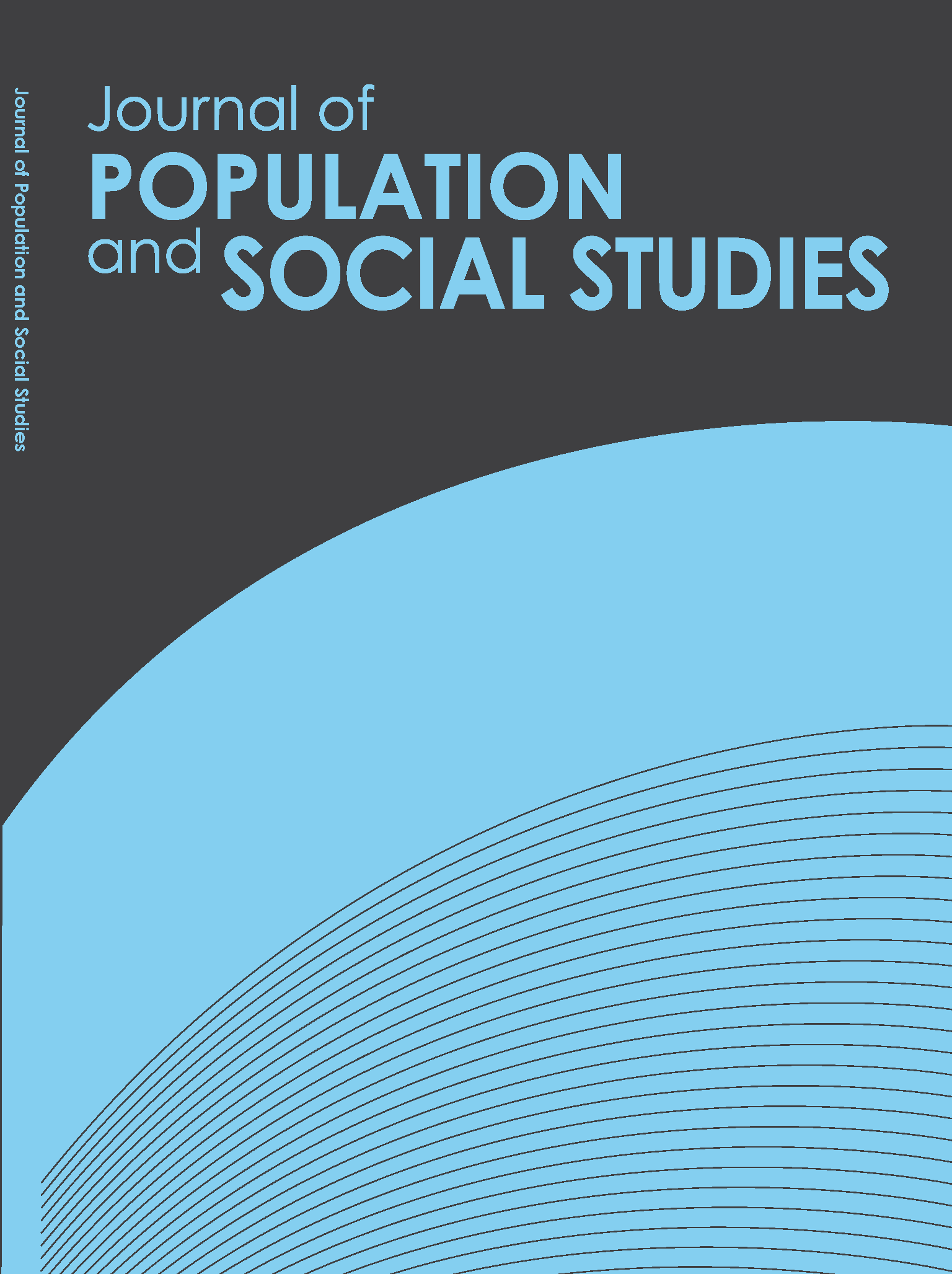Sibling and Gender Effects on Children’s Chance to Continue Primary Education in Rwanda
Main Article Content
Abstract
Rwanda has made a huge effort to arrive at universal primary education, but many children do not qualify to sit the leaving exam before they reach the age of 14. Using the Heckman probit model on data from the Integrated Household Living Conditions Surveys 2000 and 2011, this study explores the school careers of 12,539 children ages 13-17 who had the opportunity to continue primary education. The combination of extreme poverty and having younger siblings or being an orphan or foster child, still leads to very high dropout rates regardless of gender. To improve completion rate for primary education, Rwanda should put more emphasis on disadvantaged children from larger families.
Article Details
References
Admassie, A. (2003). Child labour and schooling in the context of a subsistence rural economy: Can they be compatible? International Journal of Educational development, 23 (2003), 167-185. doi: https://doi.org/10.1016/s0738-0593(02)00012-3
Ainsworth, M. & Filmer, D. (2002). Poverty, AIDS and children’s schooling: A targeting dilemma. World Bank Policy Research working paper 2885. Retrieved from http://catalogue.safaids.net/sites/default/files/publications/poverty%20aids%20and%20children.pdf
Akresh, R. (2005). Adjusting household structure: School enrollment impacts of child fostering in Burkina Faso. Discussion paper no 902, Economics Growth Center, Yale University. Retrieved from http://papers.ssrn.com/sol3/papers.cfm?abstract_id=643163
Akresh, R., Bagby, E., de Walque, D. & Kazianga, H. (2012). Child ability and household human capability investment decisions in Burkina Faso. Economic Development and Culture Change, 61(1), 157-186. doi: https://doi.org/10.1086/666953
Al-Samarrai, S. & Reilly, B. (2000). Urban and rural differences in primary school attendance: An empirical study for Tanzania. Journal of African Economies, 9(4), 430-474. doi: https://doi.org/10.1093/jae/9.4.430
Ananga, E. (2011). Dropping out of school in Southern Ghana: The push-out and pull-out factors. Research Monograph No. 55, Consortium for Research on Educational Access, Transitions & Equity. Retrieved from http://www.create-rpc.org/pdf_documents/PTA55.pdf
Banya, K. & Elu, J. (1997). Implementing basic education: An African experience. International Review of Education, 43(5-6), 481-496.
Basu, K. & Tzannatos, Z. (2003). The global child labour problem: What do we know and what can we do? The World Bank Economic Review, 17(2), 147-173. doi: https://doi.org/10.1093/wber/lhg021
Bicego, G., Rutstein, S. & Johnson, K. (2003). Dimensions of the emerging orphan crisis in sub-Saharan Africa. Social Science and Medicine, 56(6), 1235-1247. doi: https://doi.org/10.1016/s0277-9536(02)00125-9
Bruns, B., Mingat, A. & Rakotomalala, R. (2003). Achieving universal primary education by 2015: A chance for every child. Washington, DC: The International Bank for Reconstruction and Development/The World Bank. Retrieved from http://siteresources.worldbank.org/EDUCATION/Resources/278200-1089739404514/achieving_efa_full.pdf
Case A., Paxson, C. & Ableidinger, J. (2004). Orphans in Africa: Parental death, poverty and school enrolment. Demography, 41(3), 483-508. doi: https://doi.org/10.1353/dem.2004.0019
Cigno, A. (2011). How to deal with covert child labor and give children an effective education, in a poor developing country. The World Economic Review, 26(1), 67-77. doi: https://doi.org/10.1093/wber/lhr038


